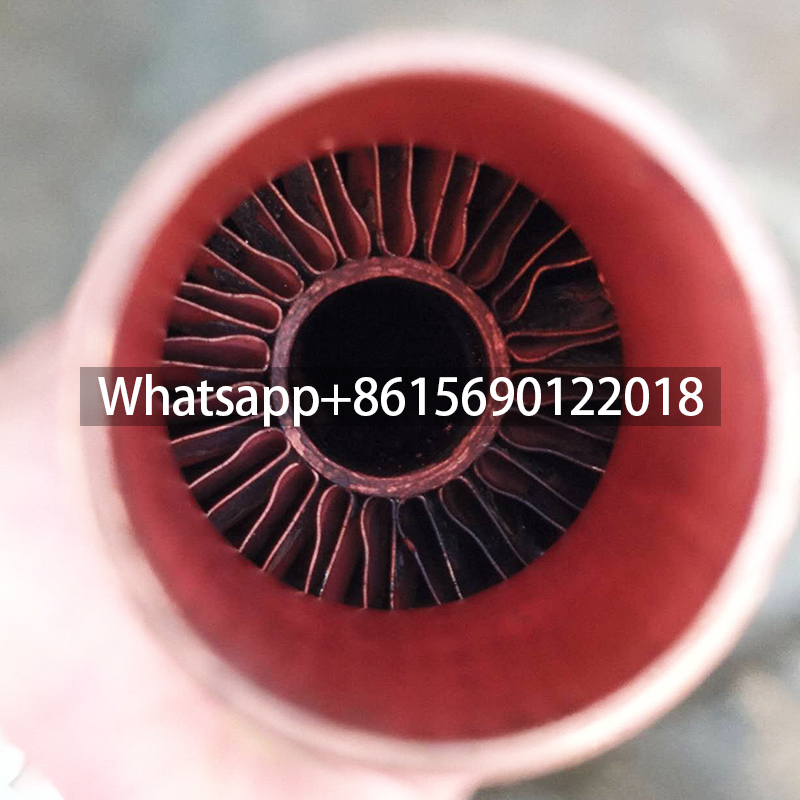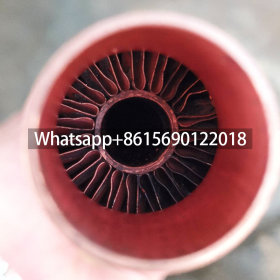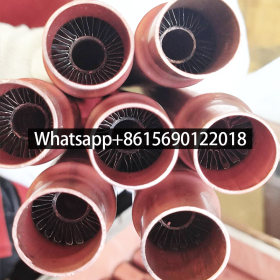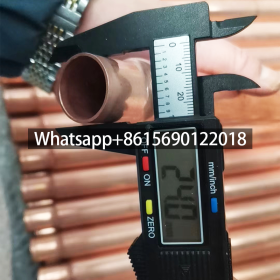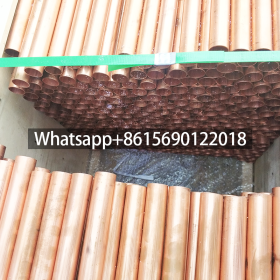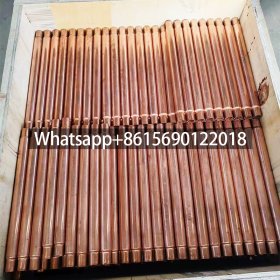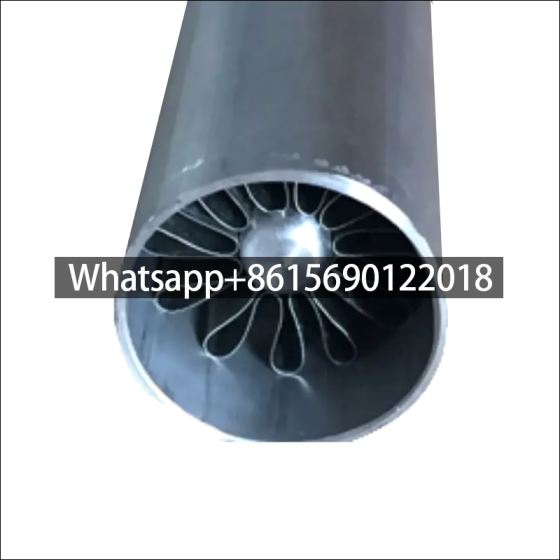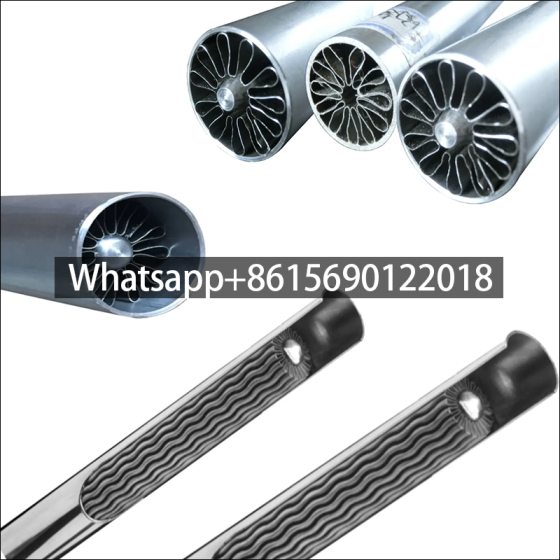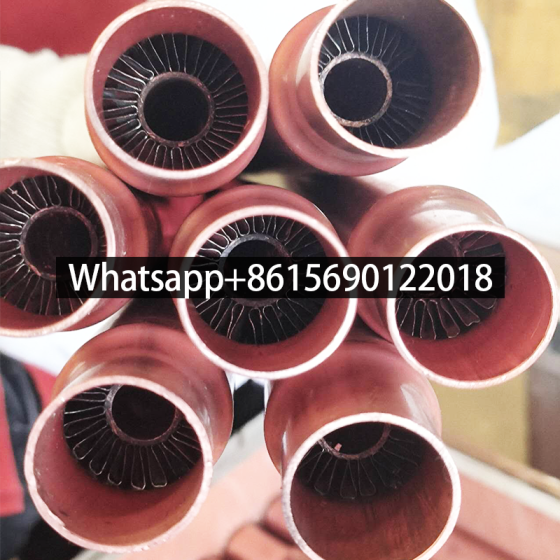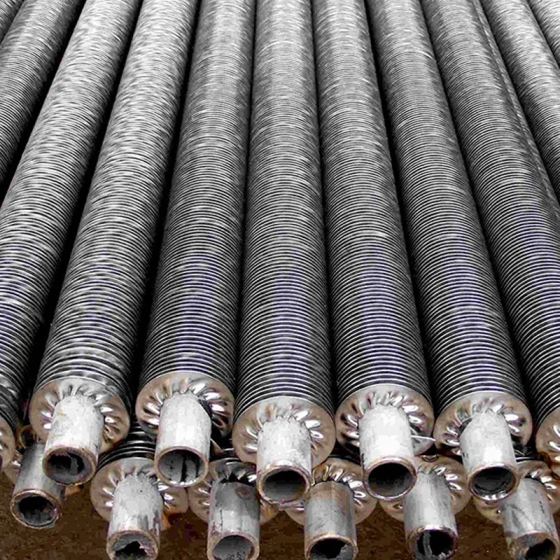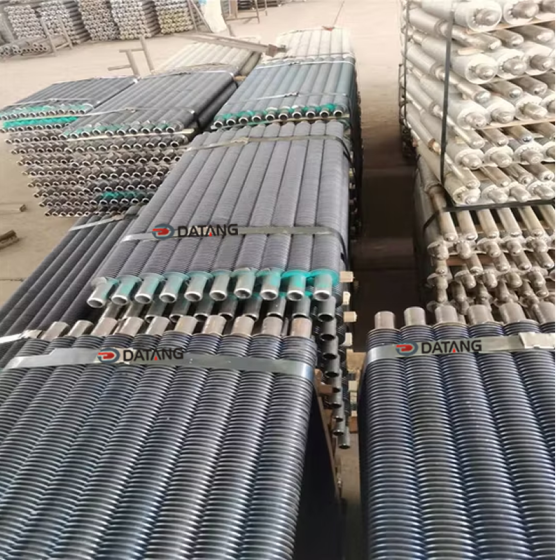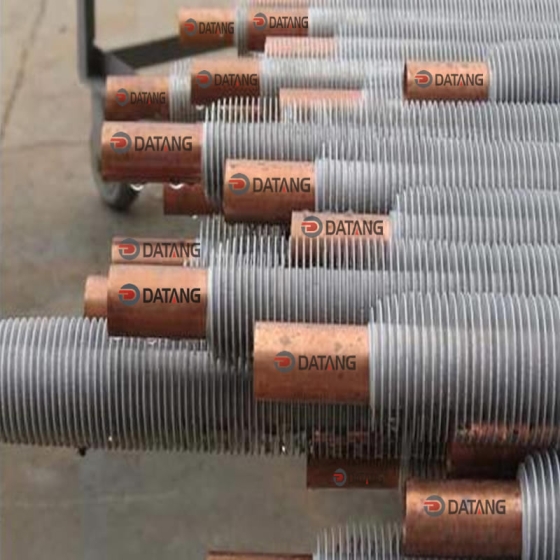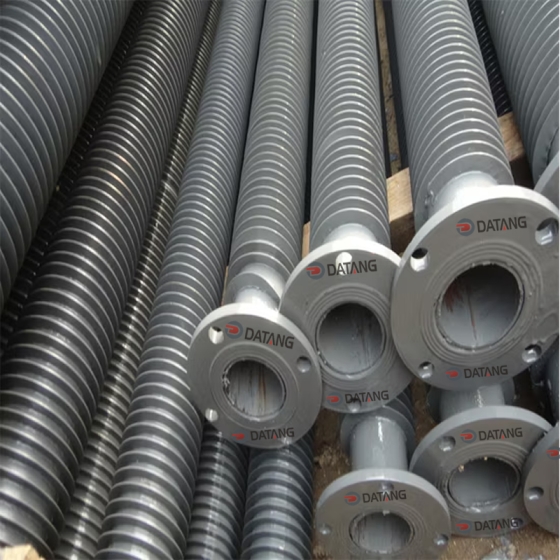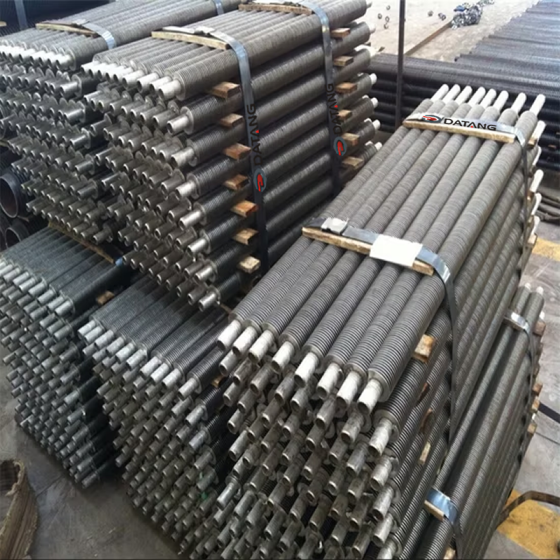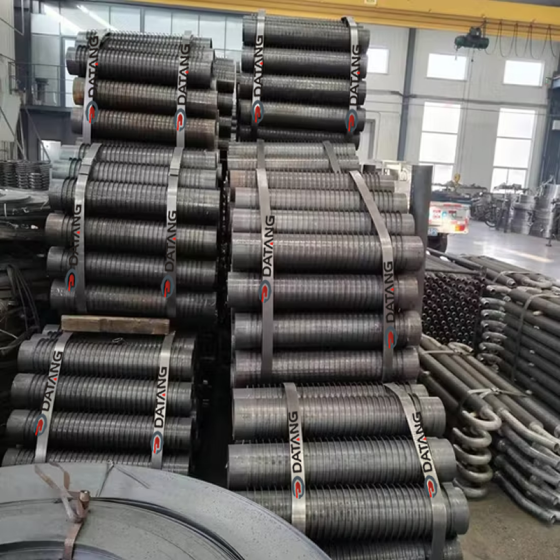Internally fin tube is a finned tube shape with fins added inside the tube. It increases the contact area between the fluid and the tube wall, improves the heat transfer efficiency, and guides the fluid to form turbulence inside the tube, thereby enhancing the heat and mass transfer process. The following is a detailed introduction to internal finned tubes:
1. Definition and characteristics of internal finned tubes
Definition: Internal finned tubes refer to heat exchange elements with fins processed inside the tube through a specific process.
Features of internal finned tubes: Increase heat transfer area: By adding fins inside the tube, the contact area between the fluid and the tube wall is significantly increased.
Enhanced heat transfer: The presence of fins causes the fluid to form turbulence in the tube, enhancing the heat and mass transfer process.
High efficiency: Suitable for occasions where space is limited and efficient heat transfer is required, such as microchannel heat exchangers, etc.
2. Application fields of internal finned tubes
Due to their efficient heat transfer performance, internal finned tubes are widely used in various occasions that require enhanced heat transfer, including but not limited to:
Air-cooled engines: improve the cooling efficiency of the engine.
Electronic equipment cooling: ensure the stability of electronic equipment when running at high load.
Compact heat exchangers: such as automobile radiators, air conditioning refrigeration systems, etc.
Microchannel heat exchangers: achieve efficient heat exchange at the micro scale.
3. Manufacturing process of internal finned tubes
The manufacturing of internal finned tubes usually includes the following steps:
Material preparation: select high-quality raw materials, such as copper, aluminium, steel, etc., considering their thermal conductivity, mechanical strength, corrosion resistance and other factors.
Fin forming: fins are processed inside the tube by mechanical forming, stamping forming, rolling forming and other methods.
Welding and assembly: weld the formed fins to the base tube to ensure a firm connection between the fins and the base tube.
Heat treatment: eliminate the internal stress generated during the manufacturing process and improve the mechanical properties and corrosion resistance of the finned tube.
Surface treatment: spraying, electroplating, oxidation and other methods to improve the heat transfer performance and corrosion resistance of finned tubes.
Inspection and testing: strict appearance inspection, dimension measurement, heat transfer performance test, etc. are carried out to ensure that the quality and performance of finned tubes meet the requirements.
IV. Price and market of internal finned tubes
The price of internal finned tubes is affected by many factors, including material cost, manufacturing process, market supply and demand, etc. The price of internal finned tubes of different manufacturers and specifications varies greatly. In the market, as an efficient heat exchange element, the demand for internal finned tubes continues to grow, especially in the automotive, air conditioning, electronic equipment and other industries.
V. Summary of internal finned tubes
Internally fin tubes play an important role in the field of heat exchange with their unique structure and excellent heat transfer performance. With the continuous advancement of technology and the continuous expansion of the market, the application prospects of internal finned tubes will be broader. For occasions requiring efficient heat transfer, internal finned tubes are undoubtedly a choice worth considering.
 dtfinnedtube.com
dtfinnedtube.com

